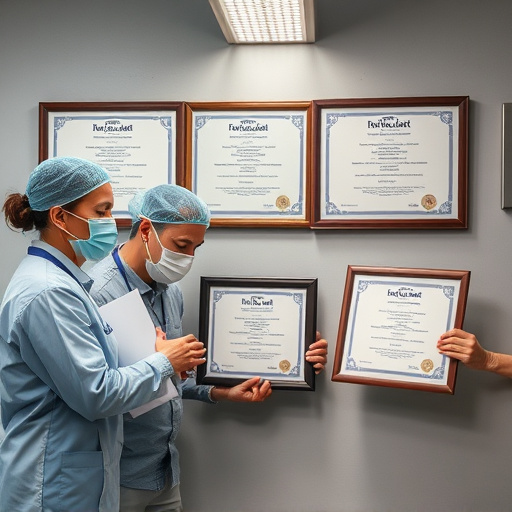Comprehensive construction quality evaluations go beyond surface inspections, focusing on key aspects like air intake systems efficiency, brand reliability, and durability. Efficient air intake ensures optimal equipment performance and longevity, preventing major breakdowns. Reputable brands, known for superior quality control, yield higher durability ratings. Regular evaluations uncover issues early, reducing downtime and building stakeholder trust. Through advanced testing and meticulous site visits, professionals ensure structures are resilient, comfortable, and long-lasting.
“In the realm of construction, ensuring quality is paramount. This article delves into the intricate world of construction quality evaluations, a process vital for assessing and improving building standards. We explore key aspects such as the role of air intake—a critical component affecting indoor air quality and brand reliability—and its impact on overall durability.
Additionally, we uncover best practices for thorough evaluations, highlighting essential factors like measurement techniques for durability, to help professionals maintain high construction standards.”
- Understanding Construction Quality Evaluations: The Role of Air Intake and Brand Reliability
- Key Factors in Assessing Construction Quality: Durability and Its Measurement
- Best Practices for Conducting Comprehensive Construction Quality Evaluations
Understanding Construction Quality Evaluations: The Role of Air Intake and Brand Reliability

Construction quality evaluations go beyond surface-level inspection. A crucial aspect often overlooked is the evaluation of air intake systems and brand reliability. Efficient air intake ensures optimal performance and longevity of construction equipment, contributing to overall site efficiency. Regular assessments of these components can reveal potential issues early on, preventing major breakdowns and costly repairs.
Brand reliability plays a significant role in predicting the durability and consistency of construction materials and machinery. Reputable brands often prioritize quality control measures that result in superior products with enhanced durability ratings. Incorporating reliable brands into construction projects ensures smoother operations, reduces downtime, and fosters trust among stakeholders.
Key Factors in Assessing Construction Quality: Durability and Its Measurement

In the realm of construction quality evaluations, durability stands as a cornerstone metric. It’s not merely about the lifespan of a structure; it encompasses the consistent performance and integrity of materials and craftsmanship over time. To assess durability effectively, professionals turn to various measurement techniques that go beyond initial visual inspections. These include rigorous testing protocols designed to simulate real-world conditions, such as weather exposure, load bearing, and environmental stressors. By subjecting construction elements to these challenges, experts can gauge their brand reliability ratings, ensuring they meet the highest standards.
Air intake, for instance, plays a crucial role in durability assessments. Proper ventilation not only enhances the interior comfort of buildings but also acts as an indicator of structural health. Effective air circulation prevents moisture buildup, which can lead to degradation of materials over time. By integrating quality air intake systems during construction, builders can significantly improve the overall durability of the structure. This strategic approach leverages key factors like material selection, construction techniques, and environmental considerations to achieve superior brand reliability ratings, ensuring longevity and resilience against the test of time.
Best Practices for Conducting Comprehensive Construction Quality Evaluations

Conducting comprehensive construction quality evaluations is a multifaceted process that requires meticulous attention to detail and adherence to best practices. To ensure accuracy, evaluators should start by thoroughly reviewing project plans and specifications, confirming compliance with industry standards and client requirements. This initial step sets the foundation for a rigorous assessment, enabling a clear understanding of expected outcomes.
During site visits, it’s crucial to inspect various aspects such as materials, workmanship, and systems integration. Evaluating factors like air intake efficiency, brand reliability ratings, and durability is essential to guarantee the project meets quality benchmarks. Utilizing specialized tools and equipment can enhance accuracy, while documenting findings through detailed reports ensures transparency and provides a clear picture of the construction’s overall health. Regular communication with stakeholders keeps everyone informed, fostering a collaborative environment that promotes continuous improvement.
Construction quality evaluations are pivotal for ensuring durable and reliable structures. By focusing on key factors like durability and implementing best practices, stakeholders can significantly enhance overall construction quality. Understanding the role of air intake and brand reliability ratings is essential in this process, as these metrics provide valuable insights into potential long-term performance. Emphasizing comprehensive assessments ensures that projects meet expected standards, fostering trust and satisfaction among all involved parties.














